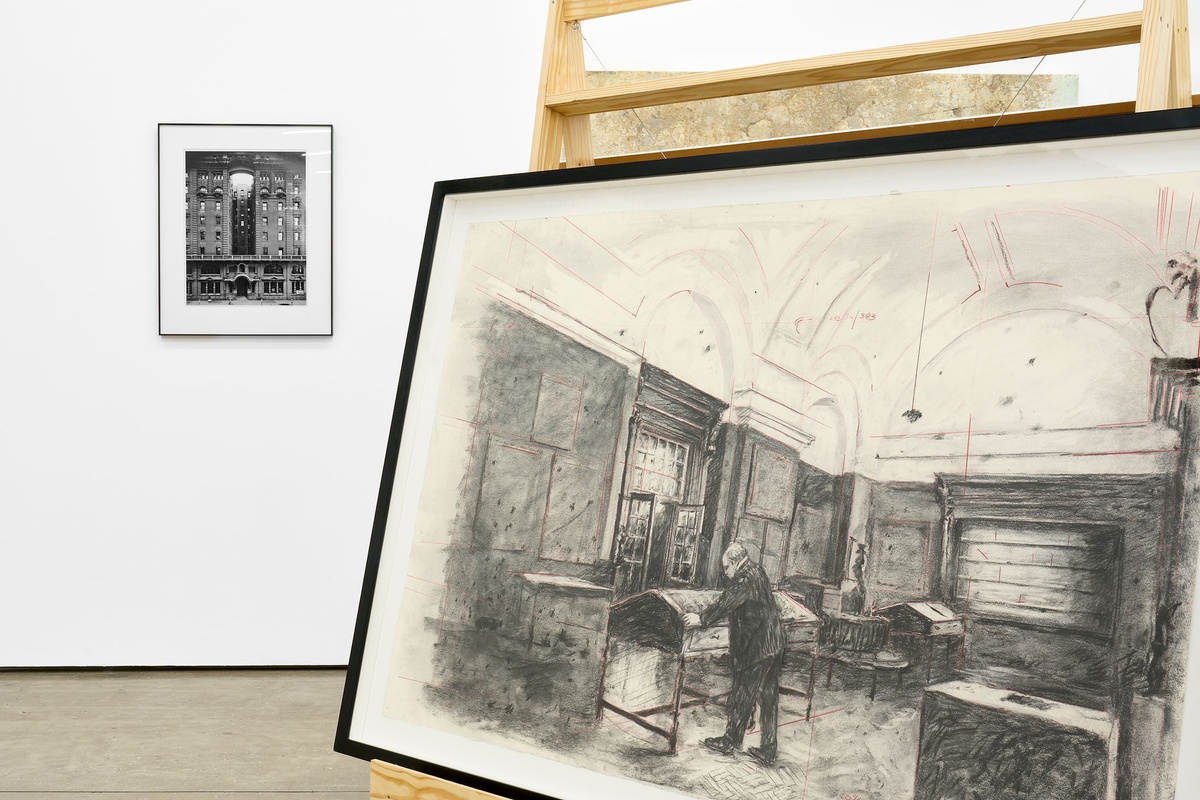Within these walls
Lucienne Bestall
Taking as prompt 'In its place', a thematic position included in the exhibition Sightlines, artworks from A4's database are drawn into view. – August 20, 2025
Artworks that speak to the particularities of a given place are brought into proximity in A4's Gallery. They recall, in summary and across mediums, an old convent, left abandoned and later reclaimed; a municipal art gallery, underfunded; an apartheid-era 'oriental plaza', earmarked for demolition; a rural homestead; a high-rise apartment; a caregiver’s home; a corporation’s headquarters.
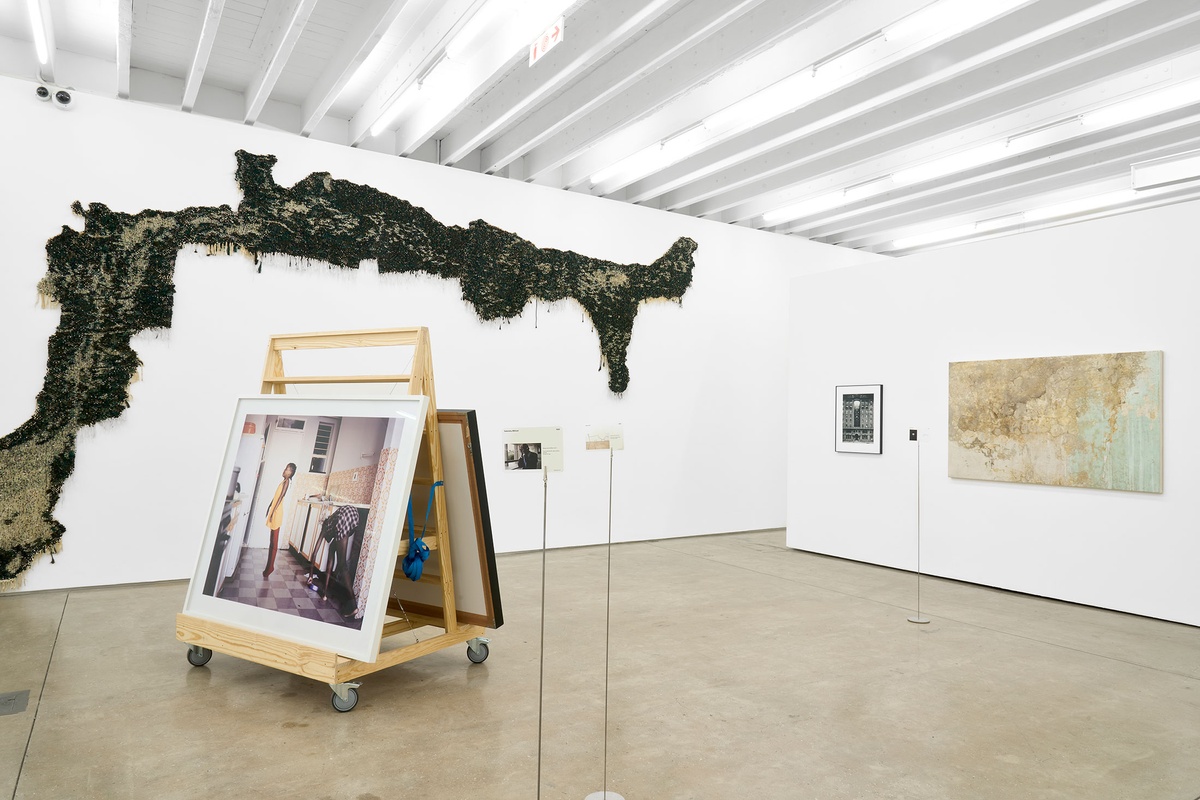
Common among them is a shared attention to surface, to abrasions or their absence, to signs of wear and repair, to anything purposeful or incidental that might reveal something of the lives and values that inhabit (or once inhabited) the spaces they describe.
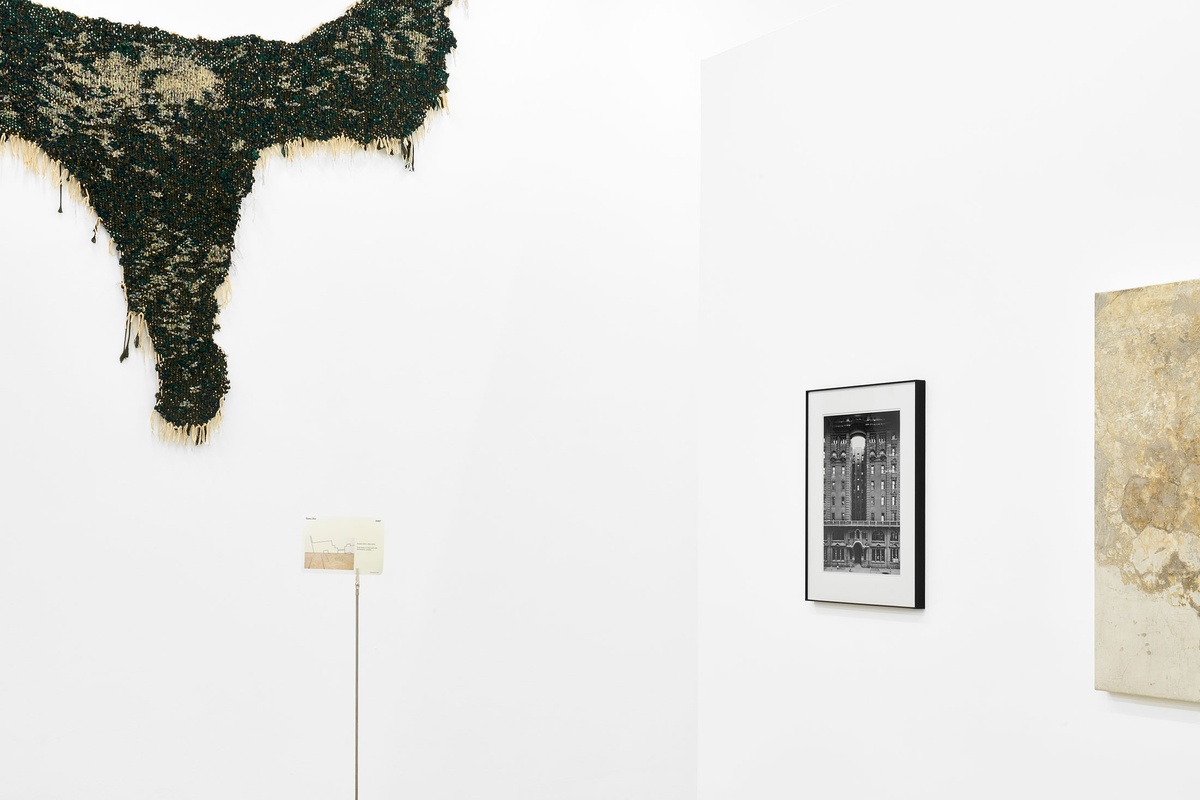
Of the seven works included, three appear abstract, each a study of texture that stands as a metonym of a discrete building.
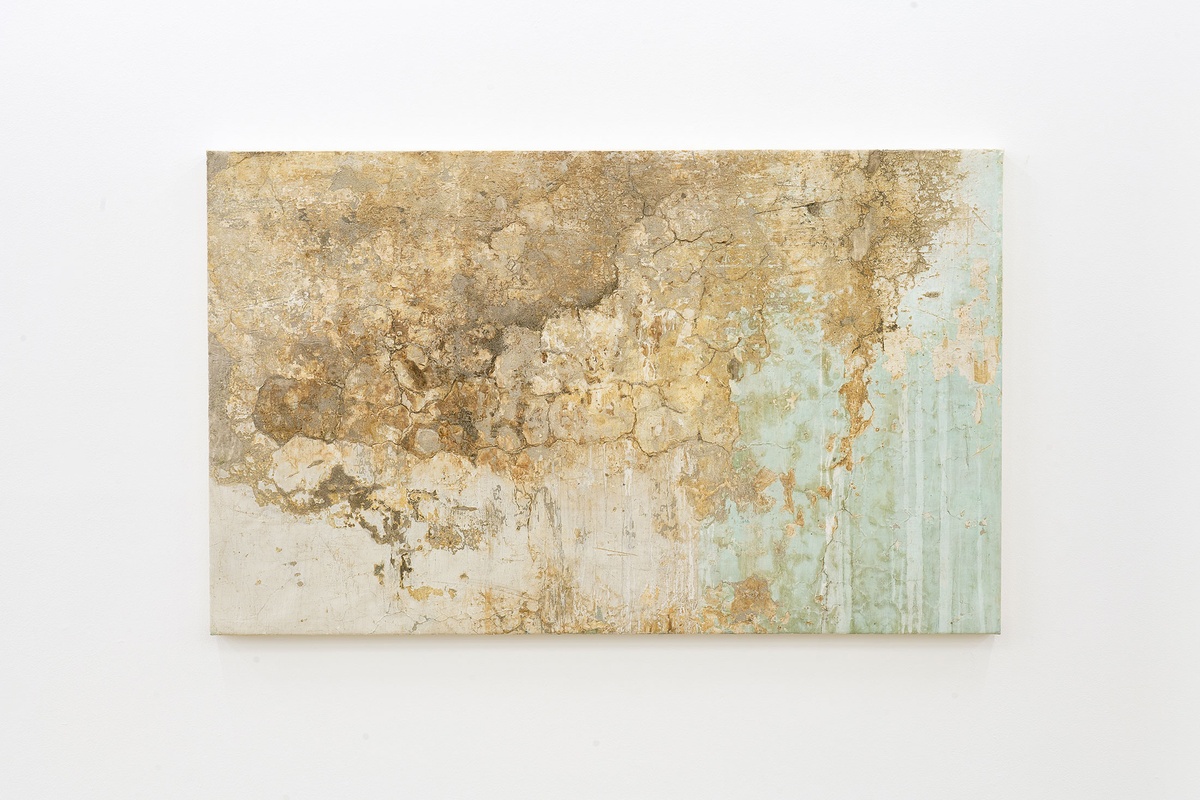

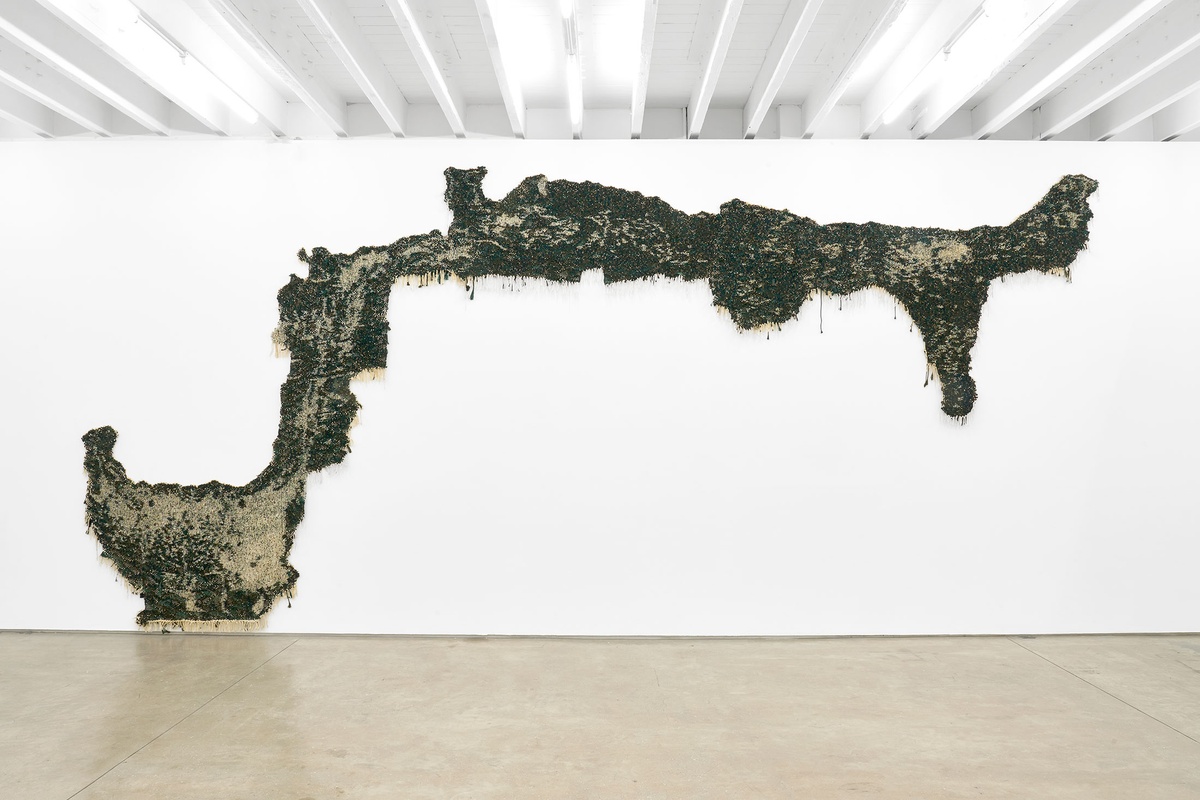
A fourth work, a video piece, offers a differently textured engagement with space, pairing images of a building's neglect, seen slantwise, with its sonically resonant emptiness. While not an abstract artwork in the formal sense, it remains abstracted, its subject revealed only obliquely – in prayer.
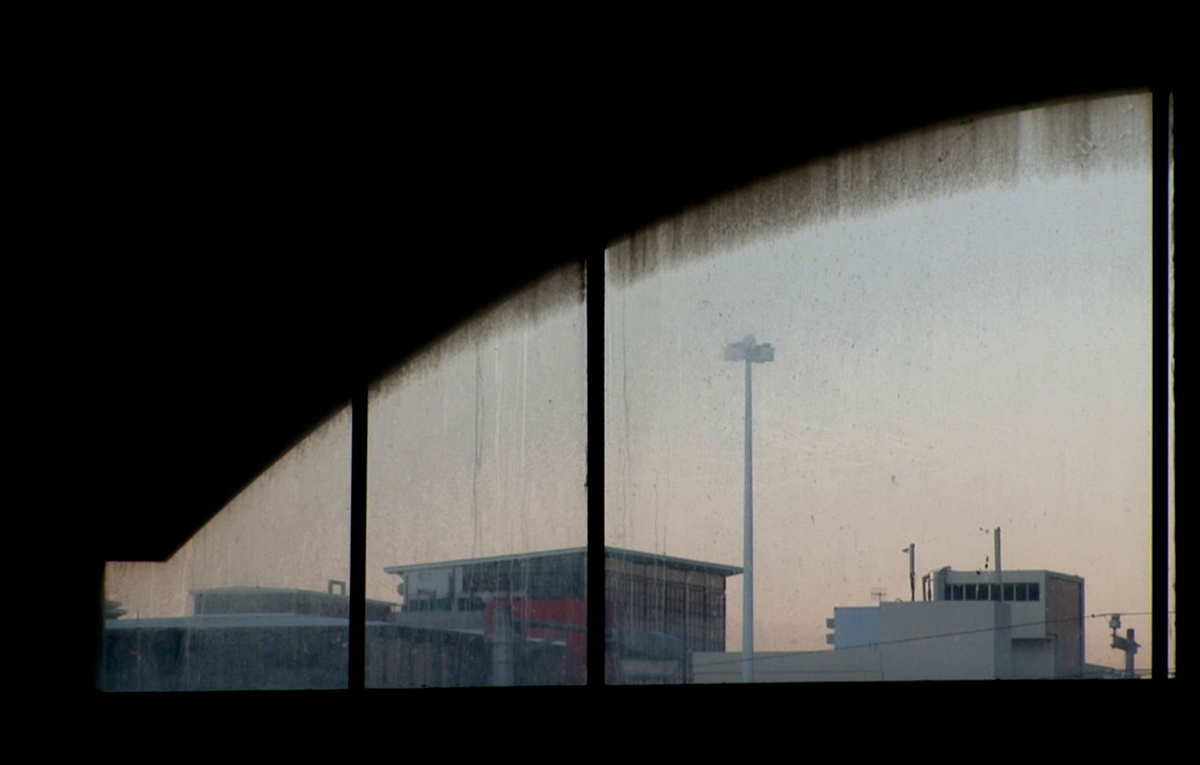
Two others are photographic, documents of a more descriptive kind: one an interior, the other an exterior. While the first hums with life and warmth, the second appears forbidding, its facade stone cold and impenetrable.

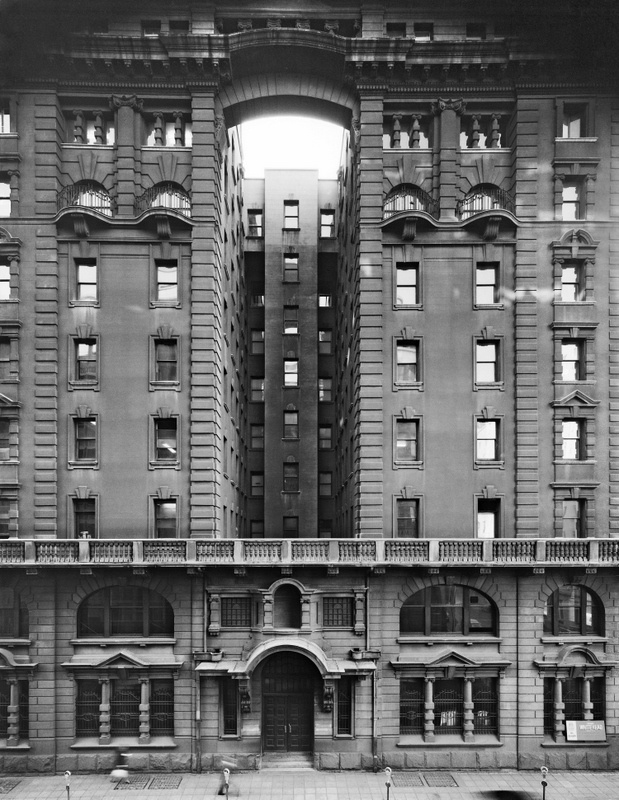
The last is a figurative drawing that transcribes not only the architectural features of the setting but also its muted ambience. Suggestions of parquet flooring, of accumulated dust, of bureaucratic failings (bare shelves, effaced artworks, empty plinths) are conveyed with a spareness of detail that is no less evocative for its brevity.
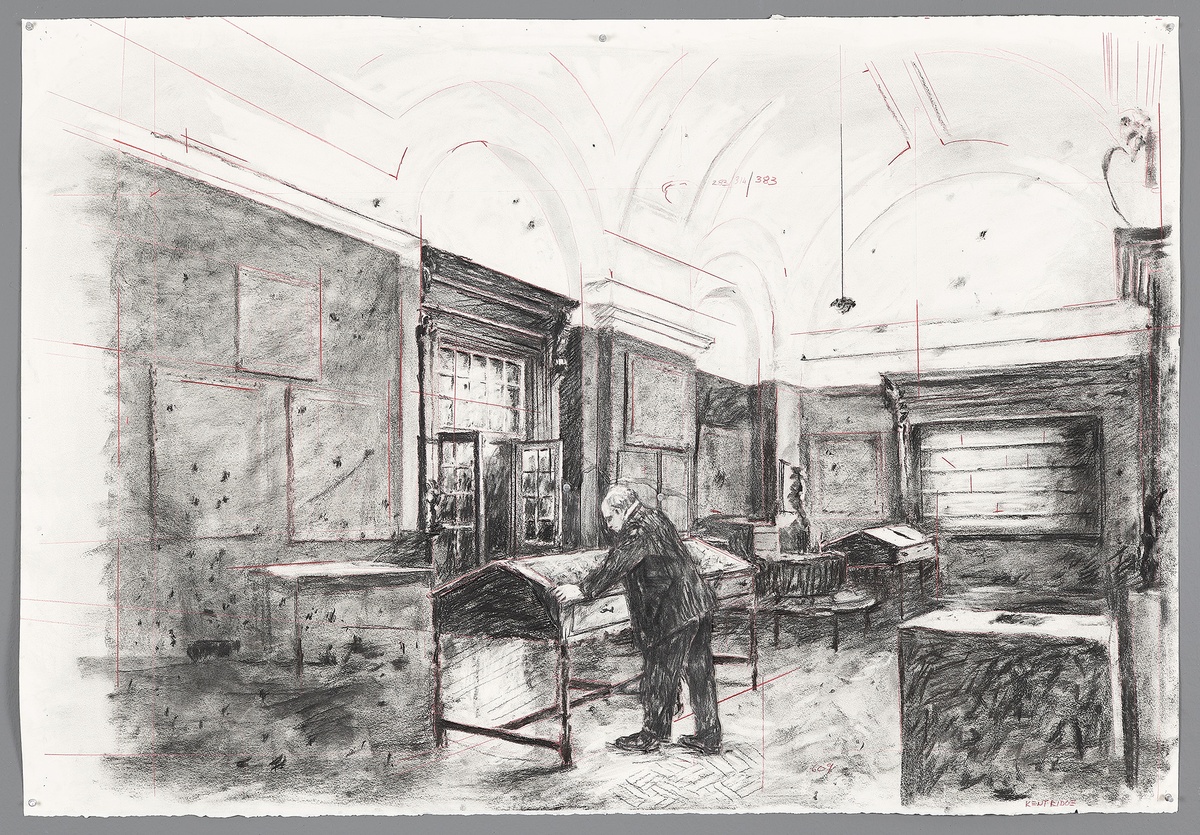
From the very strata of plaster and paint lifted from a wall and applied to canvas, to the intricately embellished translation of worn vinyl into woven composition, each of these works assumes a different distance from its subject, picturing places or excerpting their material features. Where some pursue a visual veracity, others offer a more tactile or lyrical engagement with place.
Regardless, the respective spaces referenced exist; the works gathered here are of and from the world. Still more examples are present as index cards; others are implied but nowhere accounted for in the Gallery.
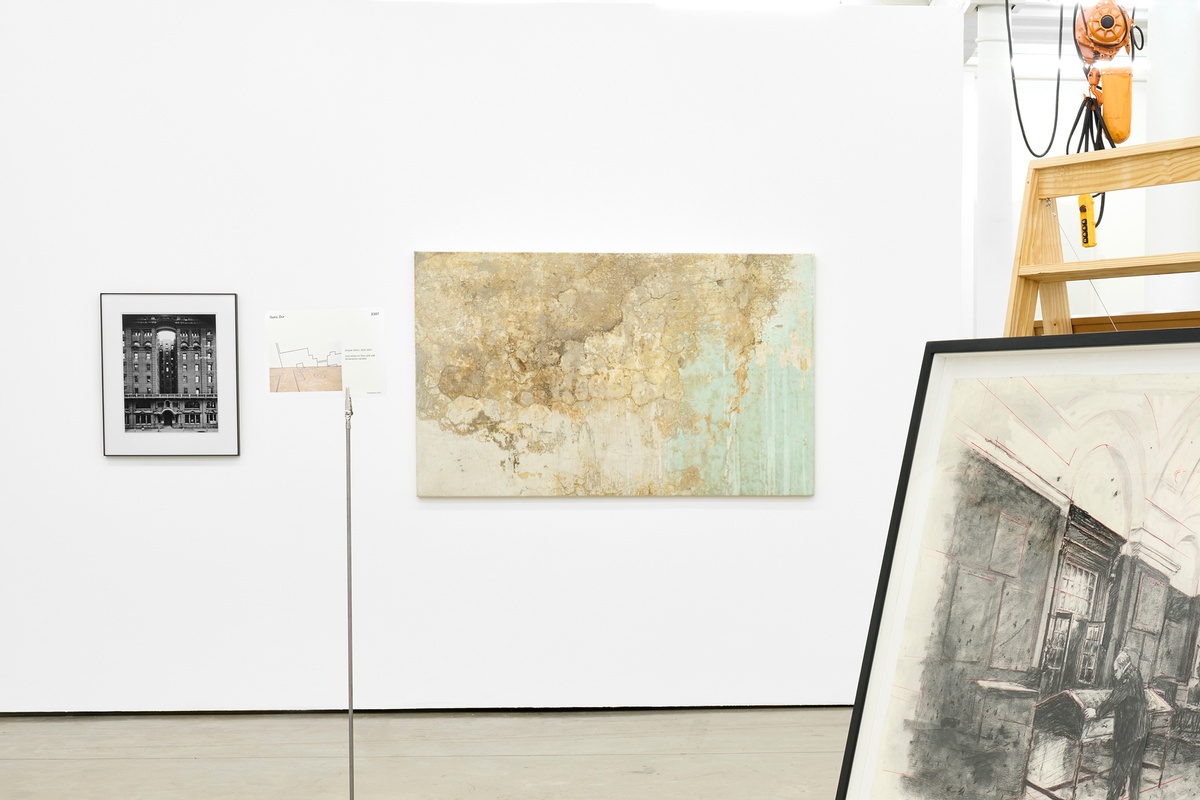
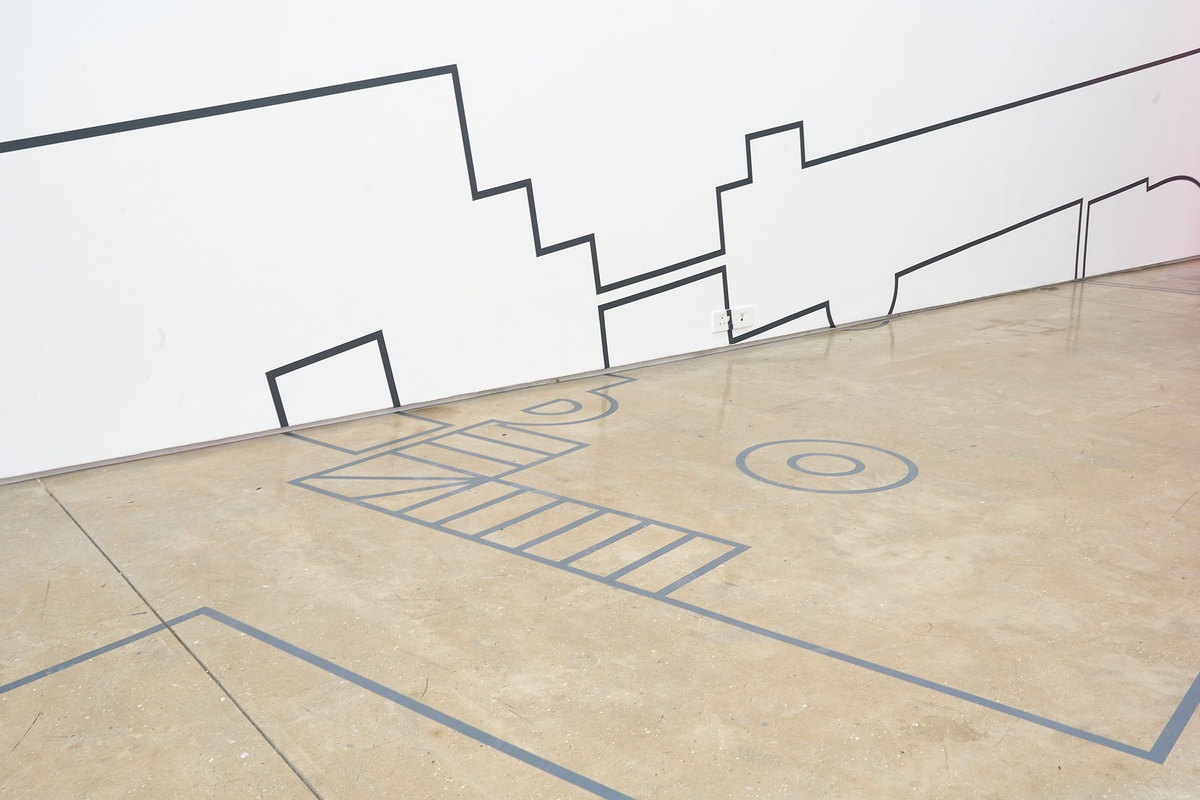
Further works offer themselves to be included in this Sightline. In one, the floorboards from a decommissioned school's gymnasium are reassembled as a minimalist composition. Seen in this new context, the eye is drawn to the patina of wear that marks the boards, those rubber-sole marks and scratches that recall an otherwise unrecounted social history.
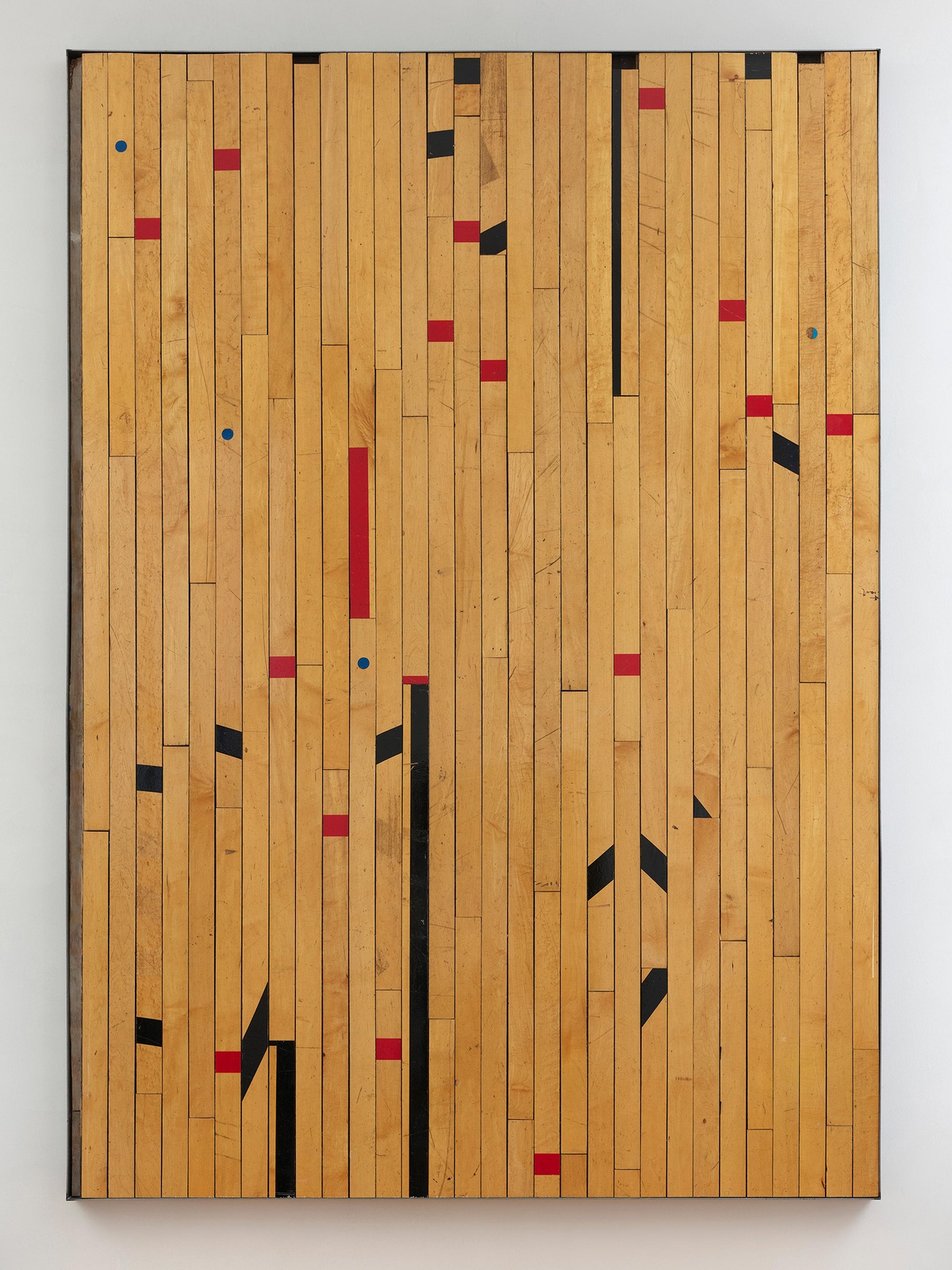
(This work, having educational resonances, is included as an index card in another Sightline in A4's Gallery, 'No ordinary school'. It stands as a conceptual hinge between the two groupings).
Similarly attentive to texture, a photograph from our online database offers an indexical record, not only as an image but as a substrate onto which a given setting has rubbed. Place is simultaneously pictured (however obscurely) and differently recorded in the accrual of tears, burns, and other 'woundings' that intercede on the image surface.
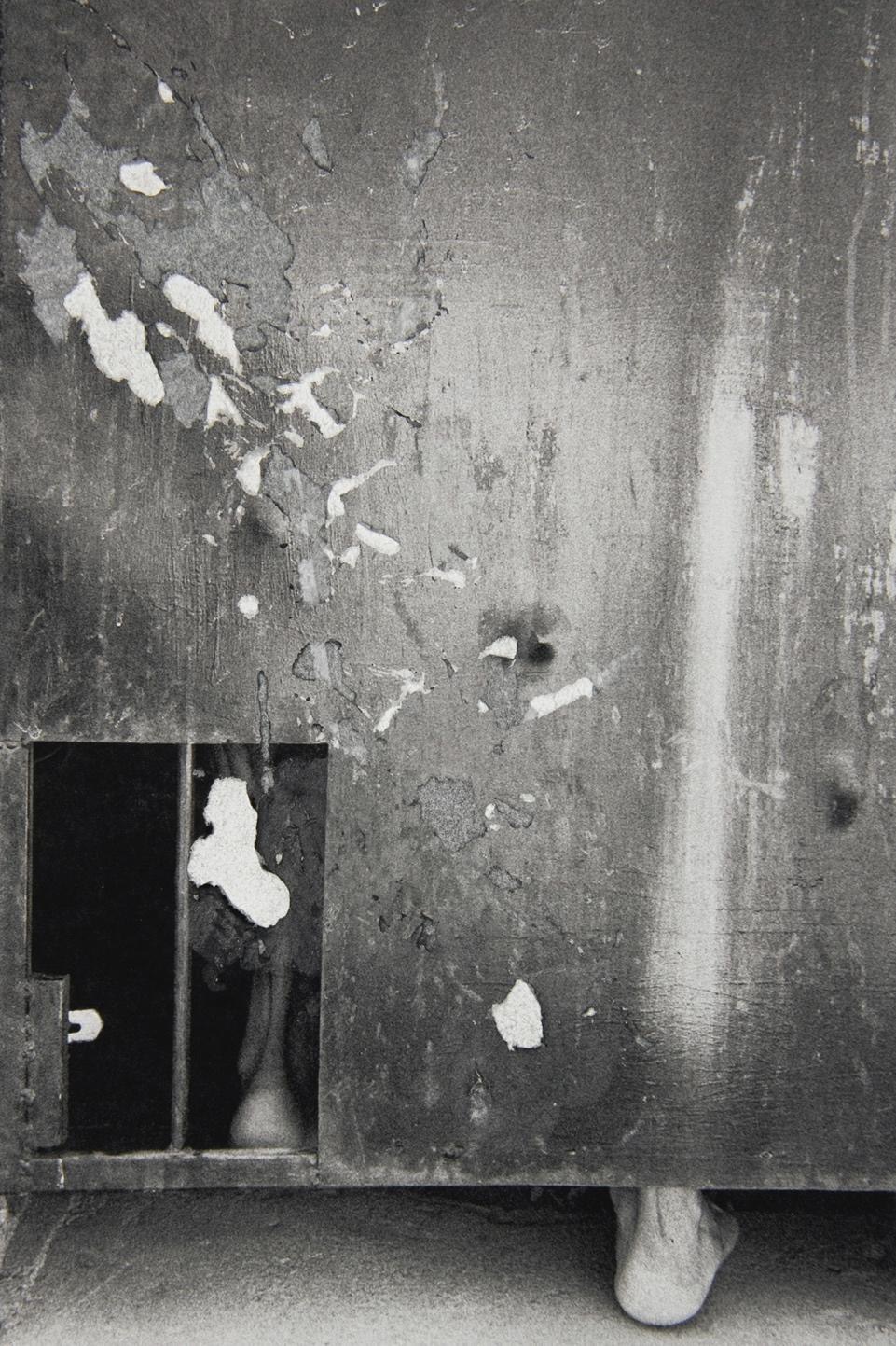
Still more photographs draw close. A series recalls a site of defiance and dispossession; a standalone image pictures the sitting room of an uncle's home. Both embody a sense of their settings as witnesses to the lives that inhabit them –
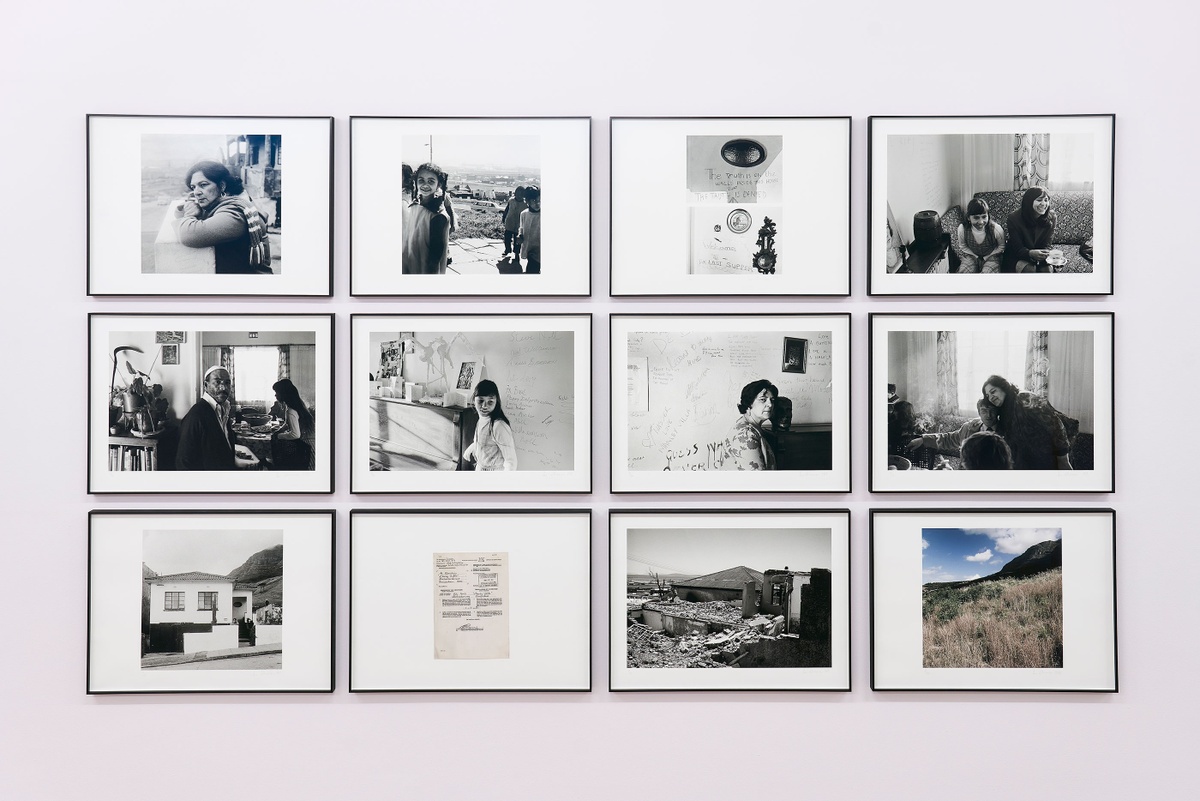
a sense explicitly conveyed in those photographs of peopled scenes, and the literal writing on the wall that attests to their presence, but no less felt in that of the empty room, where a family photo attests to the individuals to whom the house is home.
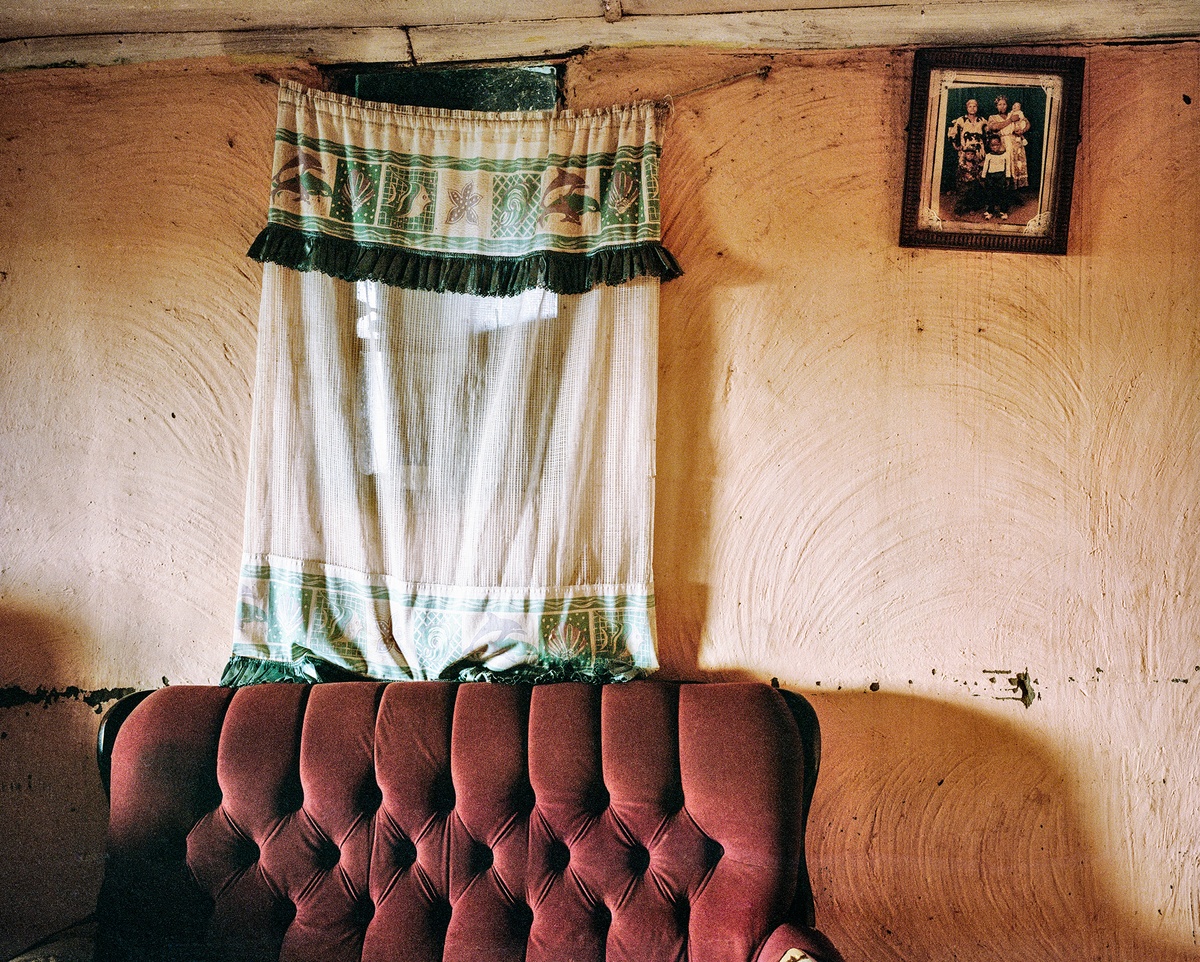
Other figurative works might also be included, two of which are offered here. Where the first pictures South Africa's parliament, seen ablaze in the background –
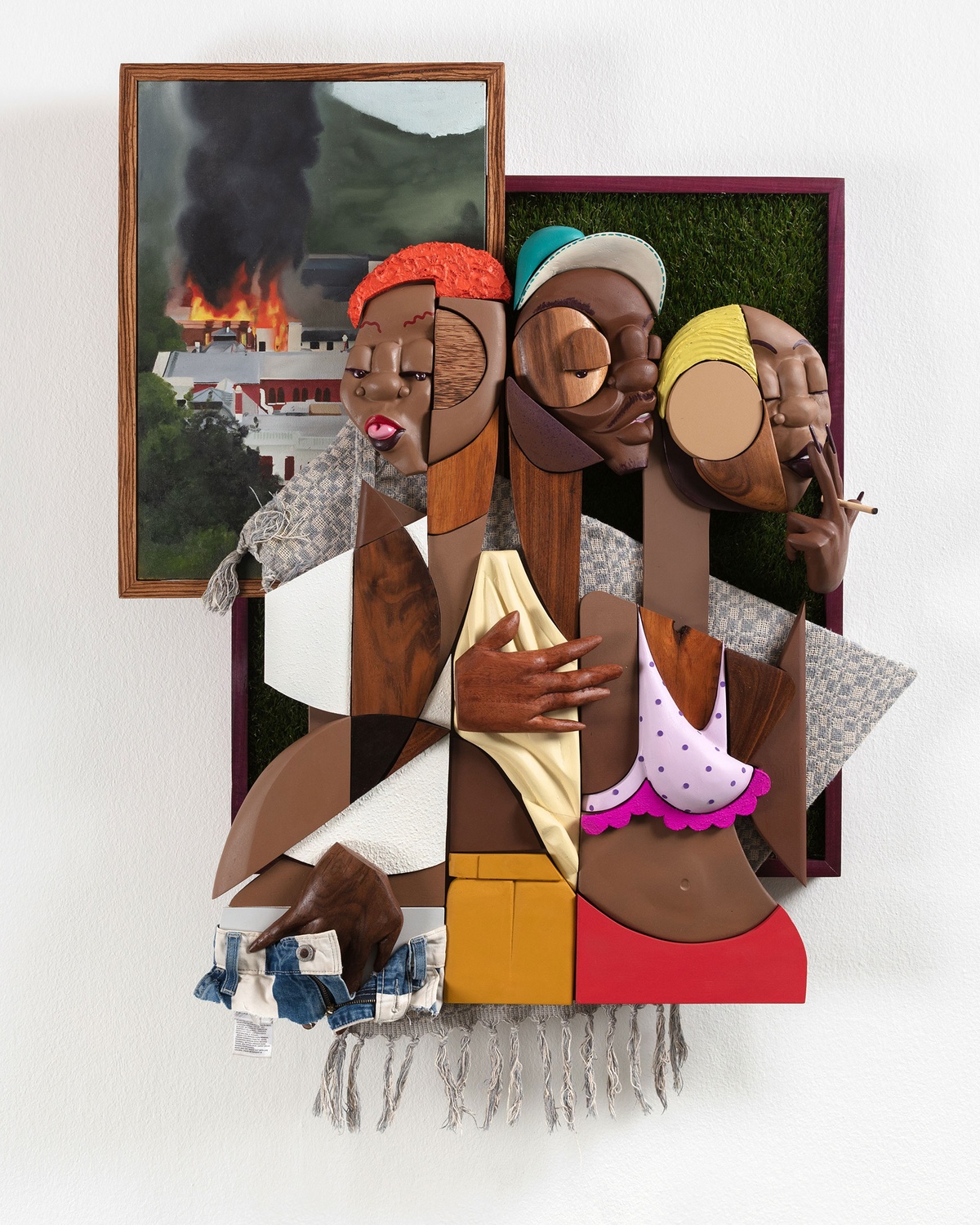
the second is more quietly commonplace, recalling features of a Johannesburg childhood home (skirting and plug points) and other ordinary effects (pot plant and standing lamp). In an aspirational, if fanciful, flourish, a self-portrait of Picasso, partially cropped from view, is included too.
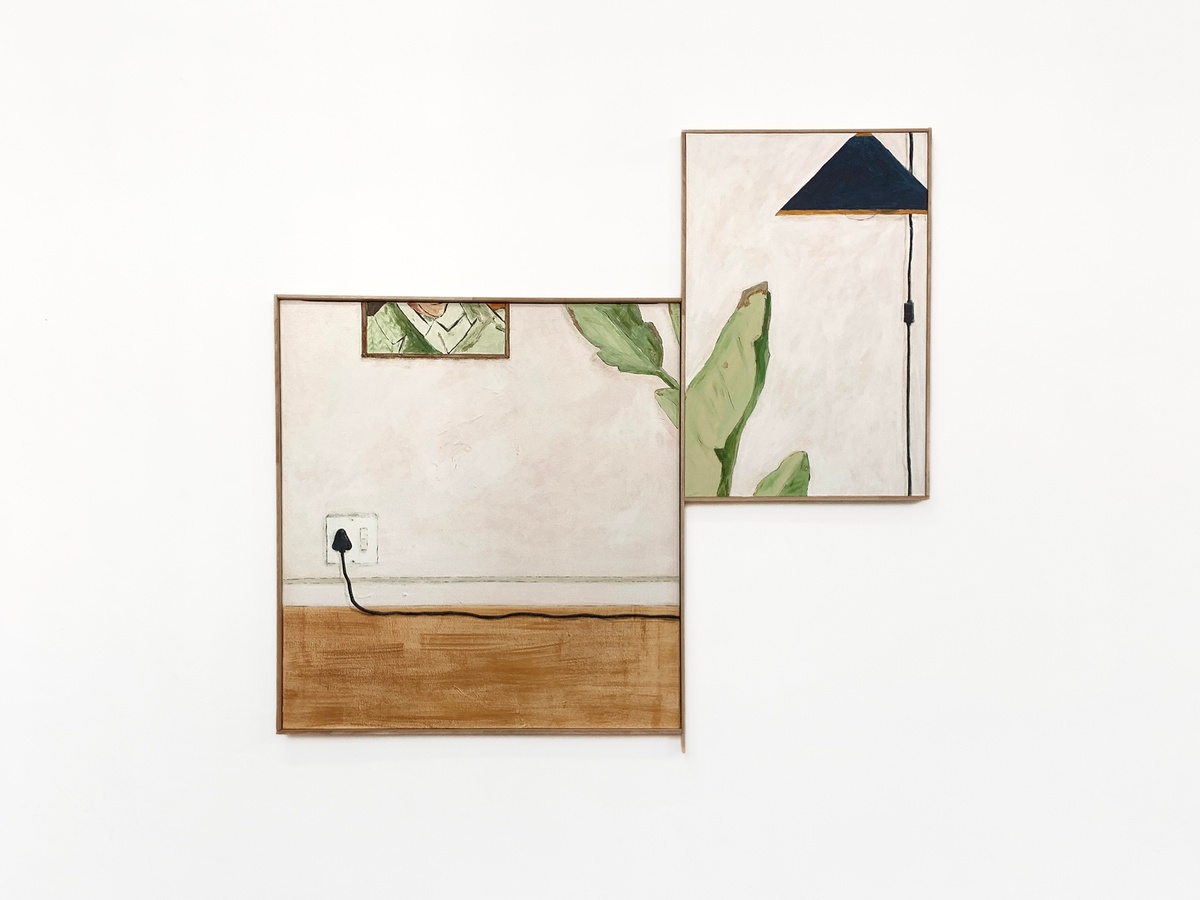
Compiled in this path are a few examples among many others – some more apparent additions, others only tenuously connected to the Sightline, but no less compelling for their thematic opacity. Explore these and further artworks on our database or view the selection of Sightlines included in the exhibition.
